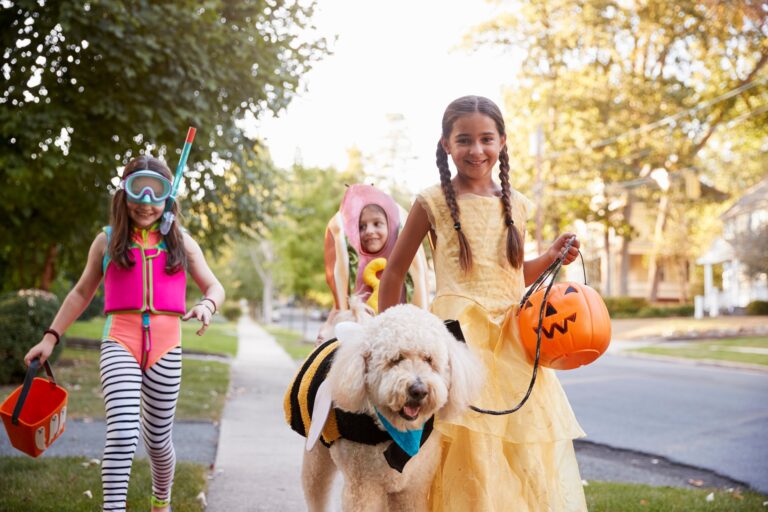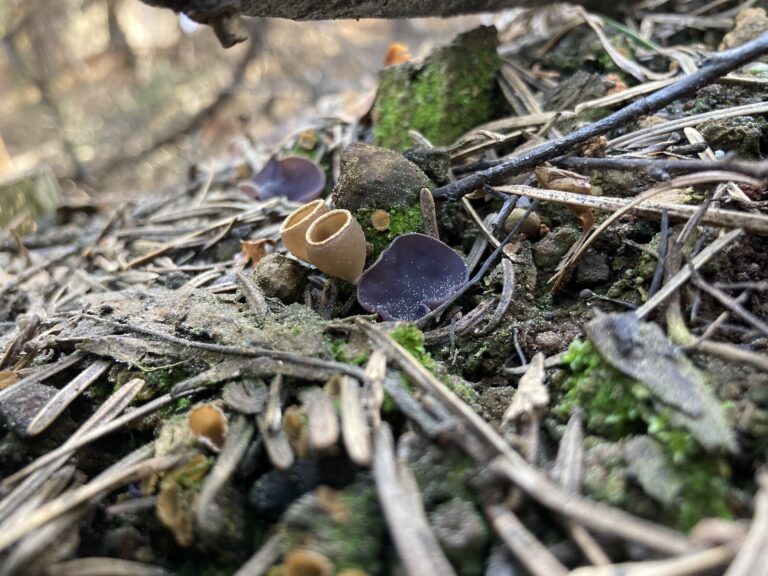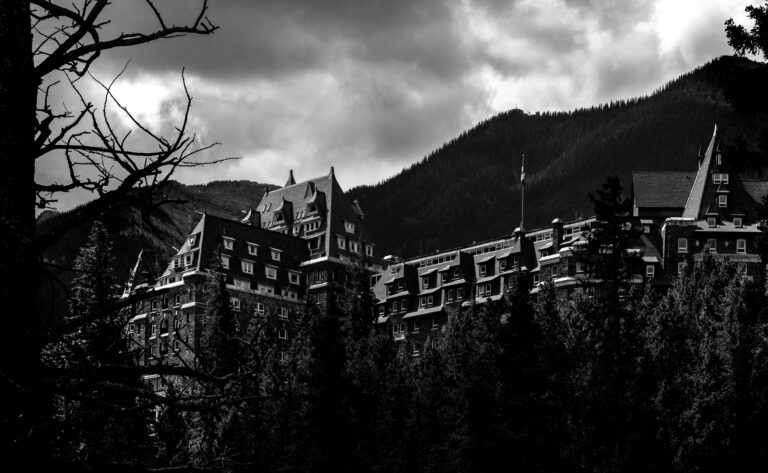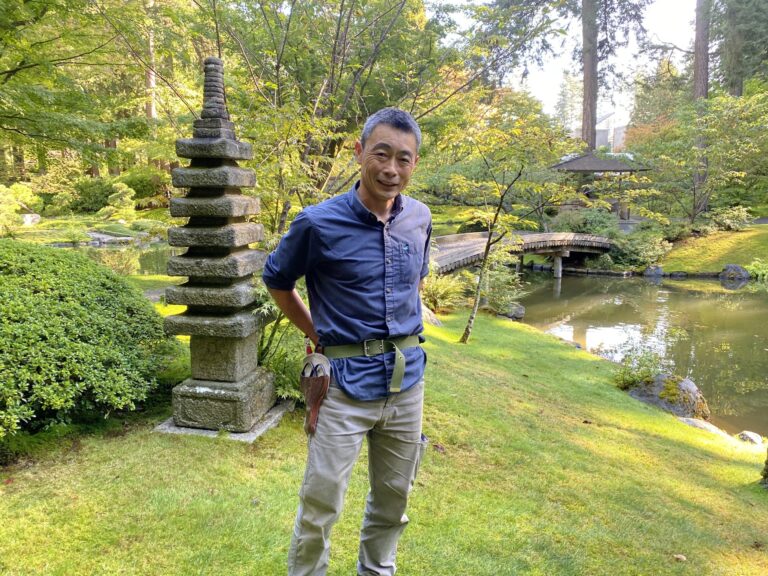Ghosts, aliens and Sasquatch: What Canadians believe in—and what they don’t
Nearly half of Canadians believe in at least one paranormal phenomenon, according to a new UBC study exploring ghost sightings, alien encounters and cryptid beliefs across the country.
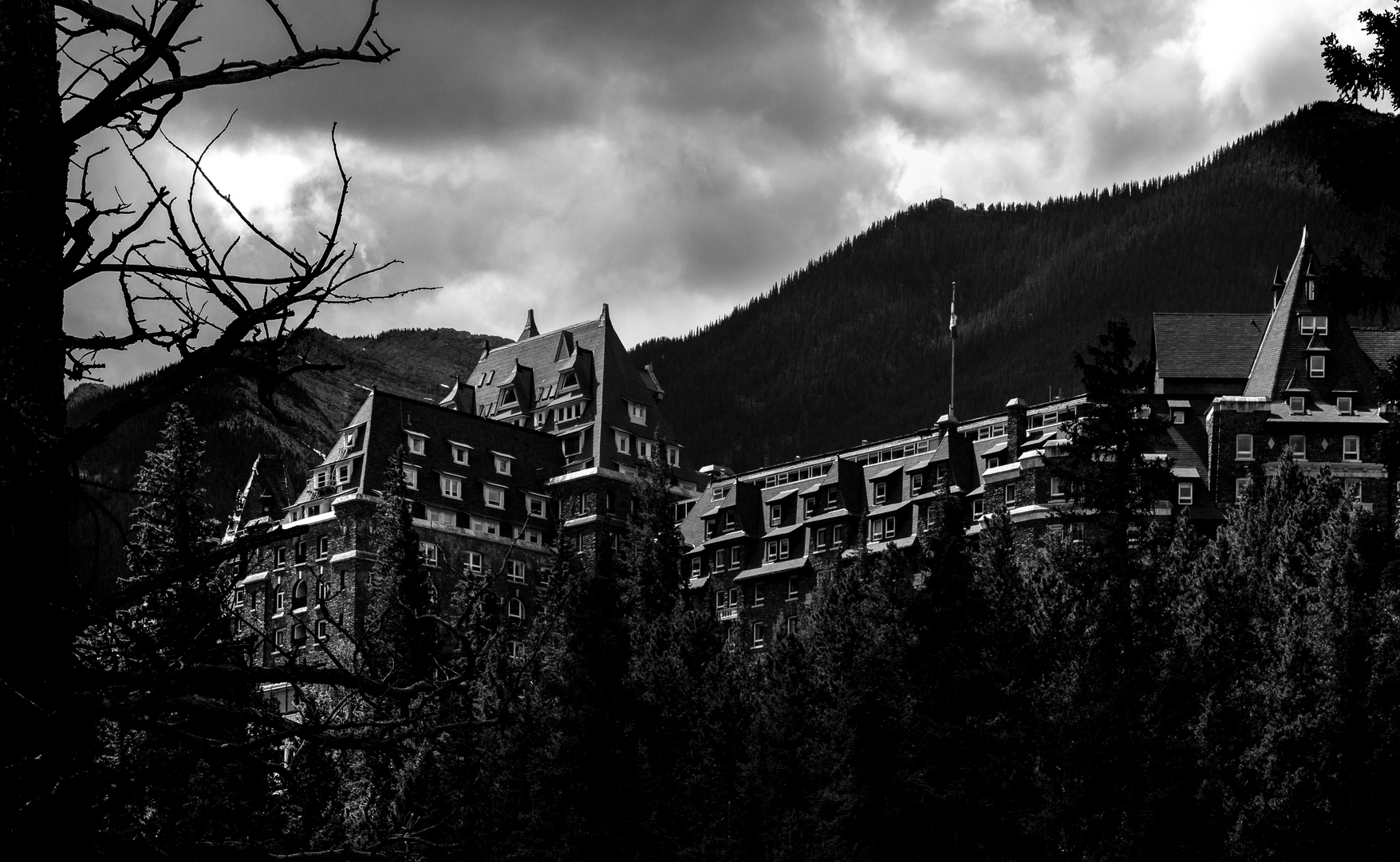
Many Canadians reported 'ghost story' moments in hotels among their paranormal experiences. Credit: © Sheila Sund.
From ghost stories to Sasquatch sightings, belief in the paranormal is alive and well in Canada—though perhaps not as strong as you might think.
A new national survey by UBC sociologists Dr. Tony Silva and Dr. Emily Huddart finds that nearly half of Canadians believe in at least one paranormal phenomenon. The study helps fill a decades-long gap in Canadian data on the topic. We spoke with Dr. Silva, associate professor in the department of sociology, about their findings.
Why study Canadians’ beliefs in the paranormal?
Most previous research has focused on the U.S. or Europe. Canada is one of the most secular countries in the world, but we hadn’t seen a representative survey here in decades. A lot has changed in Canadian society. We wanted to know how secularization, media and cultural shifts might be shaping people’s beliefs in things science can’t explain.
What beliefs are most common?
Ghosts and extraterrestrial visitation top the list. About one-third of Canadians agree that places can be haunted by spirits, and roughly one in five believe that aliens have visited Earth. A lot of people are also on the fence—another quarter neither agree nor disagree. That middle ground was a big finding for us: Many Canadians don’t have strong convictions either way, but they’re open to the idea.
Belief in cryptids like Sasquatch or Ogopogo was less common, but still notable—around 10 per cent believe in Sasquatch, and another 20 per cent say they’re unsure.
Specific paranormal beliefs in Canada
How many people report personal experiences?
Roughly one in four Canadians say they’ve had a ghost or spirit encounter—most often involving a deceased relative. People described seeing or feeling their presence, or even smelling familiar scents. Many found these experiences comforting.
Some also reported classic ghost story moments in unfamiliar places, like hotels, and a few described cryptid sightings. One memorable account involved seeing a Sasquatch with a blanket over its shoulder near the Trans-Canada Highway.
Were you surprised by the results?
I actually expected belief levels to be higher. About 44 per cent of Canadians believe in at least one paranormal phenomenon—lower than the roughly 72 per cent reported in the U.S. or U.K. Still, when we include those who are neutral, most Canadians aren’t firmly rejecting the paranormal.
Overall belief in the paranormal in Canada
Did gender or age affect belief?
There were some differences, but not dramatic ones. Women were more likely to believe in ghosts and psychics. The youngest adults—ages 19 to 29—were less likely to believe than older age groups. That may reflect deeper secularization among younger Canadians, or it could shift with age.
What does this tell us about Canadian society?
A lot of people assume that as societies become more secular or modern, people will believe more in science and less in what science can’t explain. But it’s more complicated than that. People live more secular lives, but may still hold beliefs that are classified as paranormal.
We found that people who consider themselves somewhat or very religious—but who don’t attend services regularly—were more likely to believe in the paranormal. People who attend services more often were less likely to believe in things like Sasquatch or psychics. That likely reflects how institutional religion shapes which beliefs people adopt.
At the same time, most Canadians say they trust science. So it’s not that they’re rejecting science—it just seems they believe science doesn’t explain everything. For many people, belief in the paranormal and science can coexist.
What’s next for the research?
We’d like to repeat the survey in a few years to see if beliefs are rising or declining. Especially with younger Canadians, it’ll be interesting to track whether they remain less inclined toward paranormal belief, or if that changes with life experience. We’re also continuing to analyze the personal stories people shared—they offer real insight into how people make meaning from these experiences.
Dr. Silva is available for print interviews only. Interview language(s): English

